friction welding
Friction welding technology already used in many industries.
Friction welding is a technology that metals to be bonded are rubbed against each other at high speed and pressure to generate friction heat,
which softens the metals and leads to bond each other by metallurgically fusing atoms.
we will do all the rest from procurement of materials to friction welding and machining.
Features of
friction welding
-
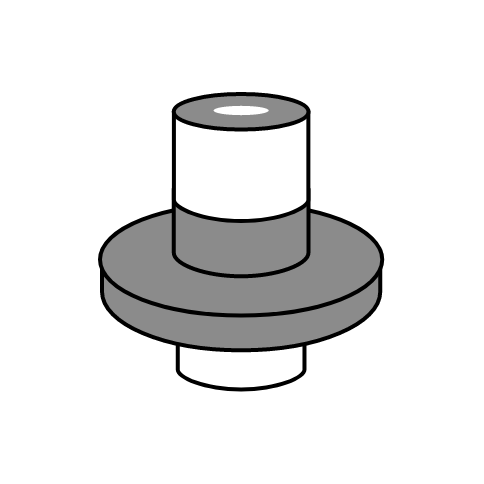
Reliable strength of bonding
As all conditional factors influencing welding, Thus it can make quality control easier and ensure a high level of bonding quality.
-
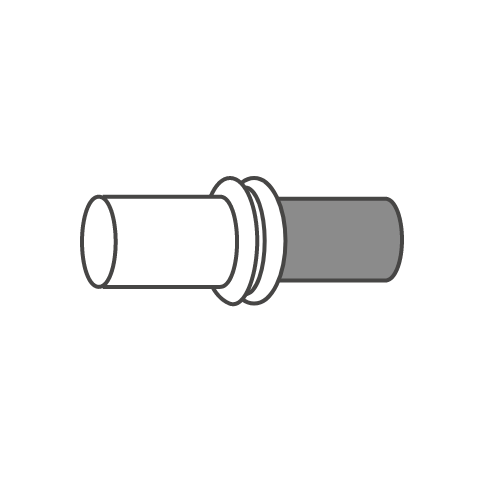
Easy bonding of different materials
Friction welding allows for easy bonding of different types of materials,
which opens up possibilities for partial use of expensive materials resulting in reducing manufacturing costs.
Even in the combination of materials that inevitably results in having some weak area in weld zone by normal welding can be welded together by friction welding. In this case, the bonding strength is equivalent to or even higher than with metals. -

Saving machining time and material cost
By bonding materials of different diameter, the machining time and material cost can be reduced as to machining from one piece of material,
also the amount of machining scrap can be reduced. -
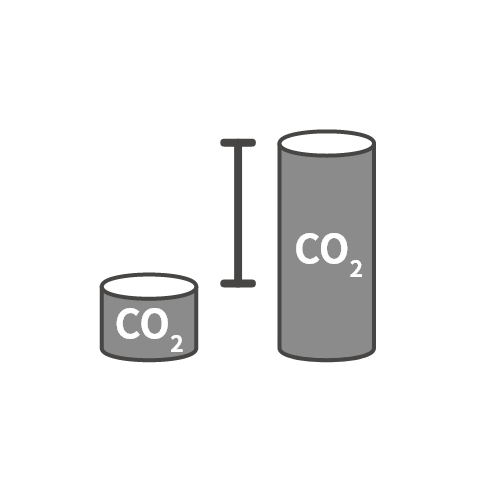
Environmentally friendly
As this technology does not use welding rods or flux, there are no sparks flying around and no gasses emitted.during welding Moreover, as the parts can be bonded together in a short , heat energy efficiency is improved.
It makes this technology an environmentally friendly method of bonding metals.
CO2 emissions are also low, less than one third of the CO2 arc welding. -
Simple control
As the operation is controlled by physical value factors only,
the friction welding cycle has good reproducibility which makes it possible to manufacture highly precise products with comparatively little effort.
Close up
Friction welding makes it possible to substantially reduce costs.
-
To reduce cost of materials
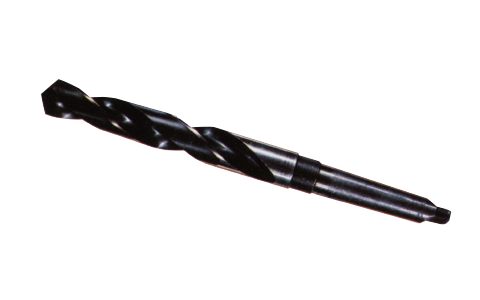
- High-speed tool steel: perfect strength!
- Medium carbon steel: increased toughness!
Cost saving -
To reduce weight of products
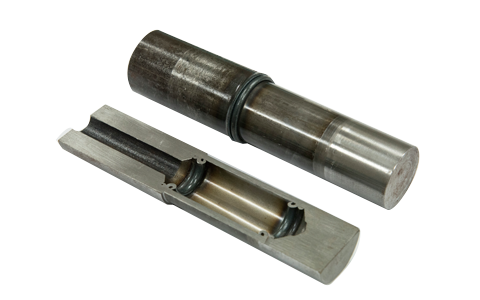
- No air leaks
- No need for fitting processing press fitting section
Weight reduction -
To rationalize welding process
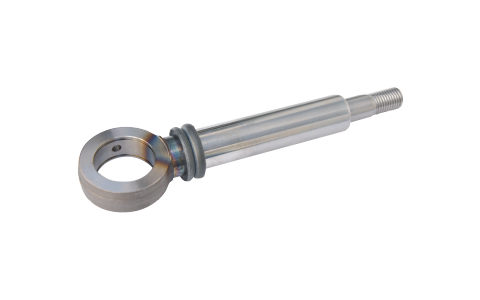
- Improve in quality and productivity!
- No need for grooves or spigot joints!
Increase in efficiency
Rationalization -
Revision of manufacturing process
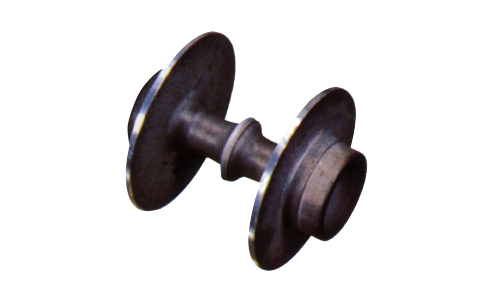
With cold forging, machining and press fit process can be omitted.
Process shortening -
To reduce forging costs
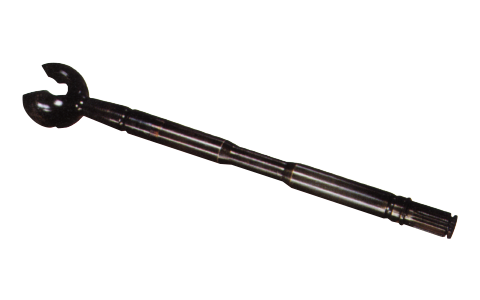
- Split one piece closed die forging
- Freely adjustable length
Cost reduction
process of
friction welding
-
01 Initial process
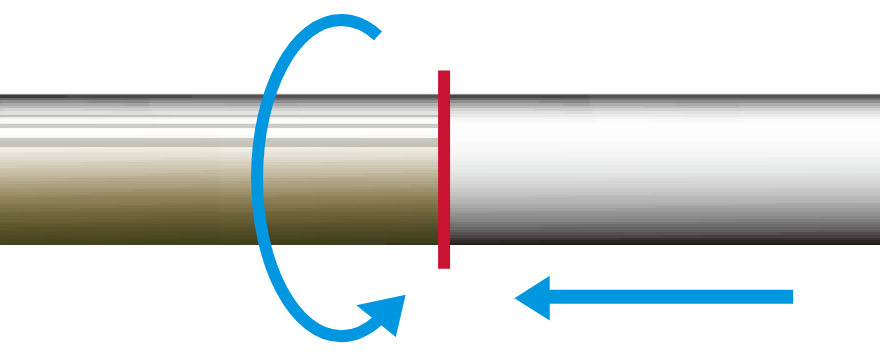
-
02 Frictional heating process
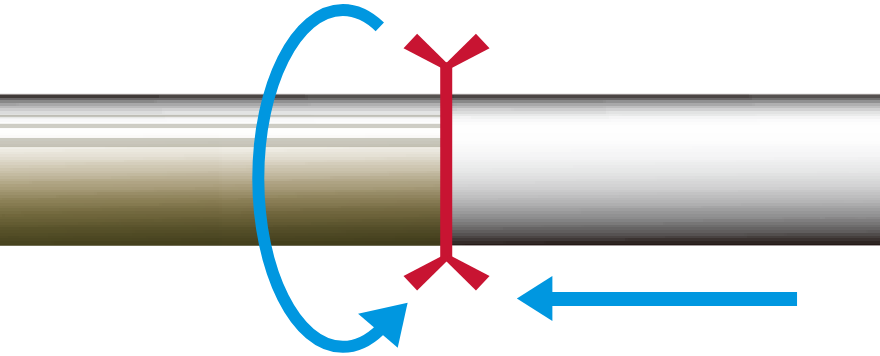
-
03 Upset process
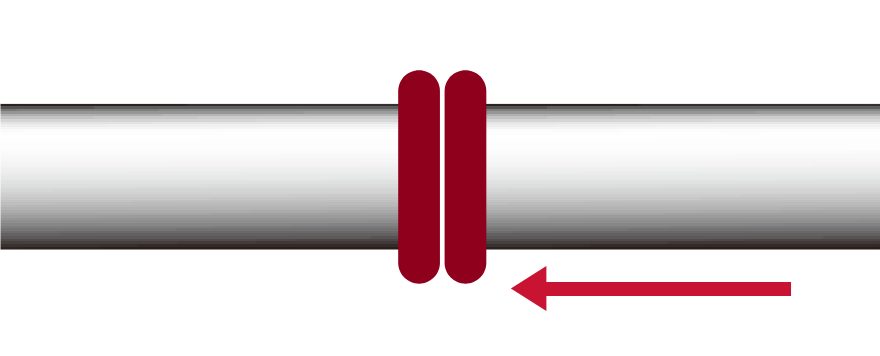
-
04 Heat-treatment
After friction welding process is difference in temperature between the outer circumference and the central part takes place that leads to accumulate distortion in the central part and results in having cracks.
Especially when welding materials with together different thermal expansion coefficient,
we keep the products in a furnace for slow cooling immediately after friction welding to prevent cracks. -
05 Inspection
- Tensile test
- Bend test
- Ultrasonic test
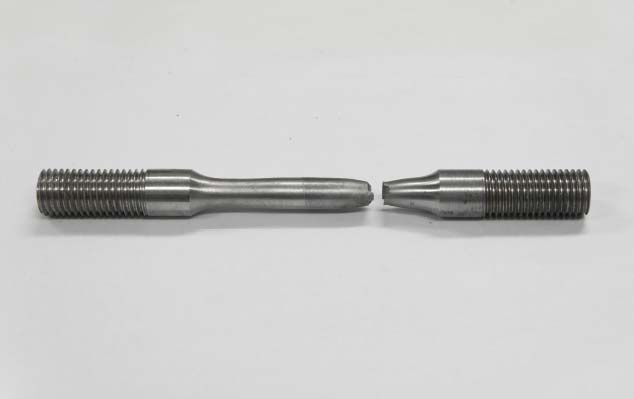
Tensile test 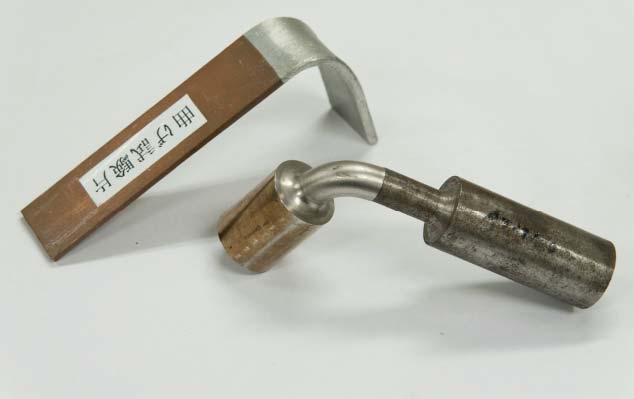
Bend test 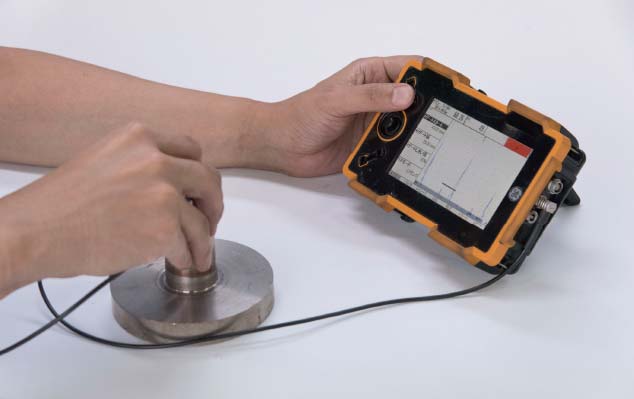
Ultrasonic test -
06 Finishing processing
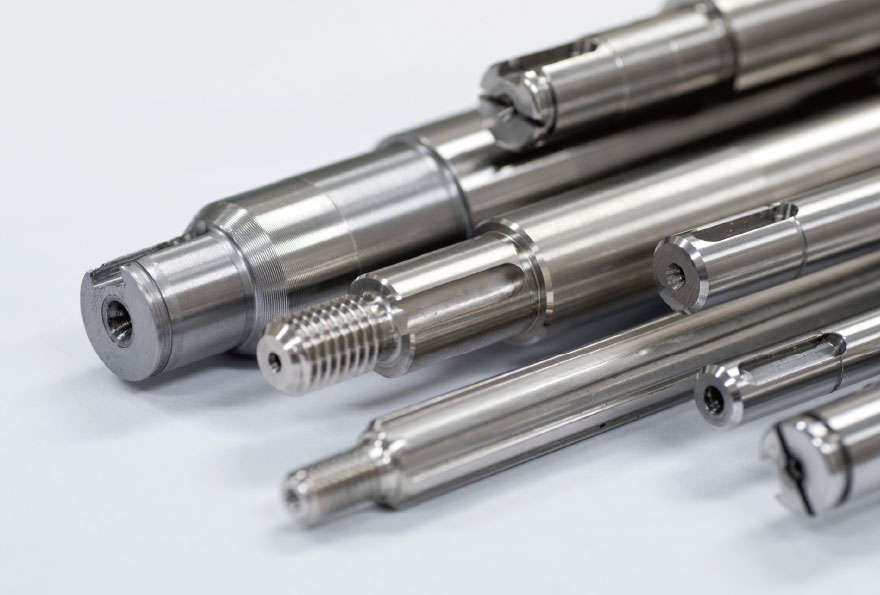
The products that had passed the inspection are then processed to remove the burr.
After deburring, the products are forwarded to machining process.
They are finished according to the customer's drawing and then delivered.
Examples Of
Friction Welding Product
-
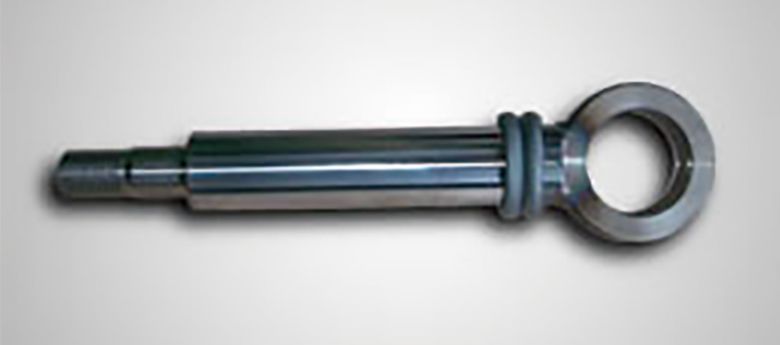
Piston rod -
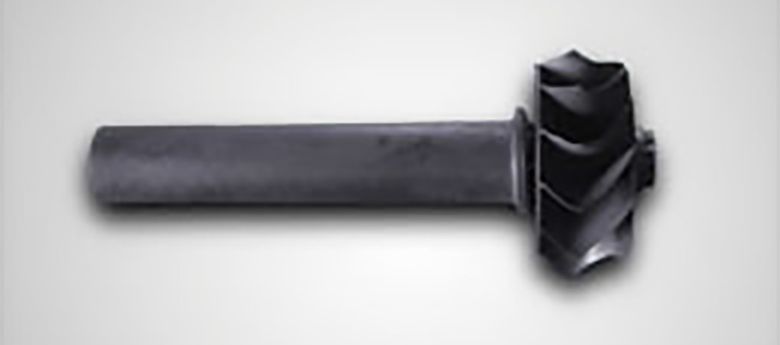
Turbo charger -
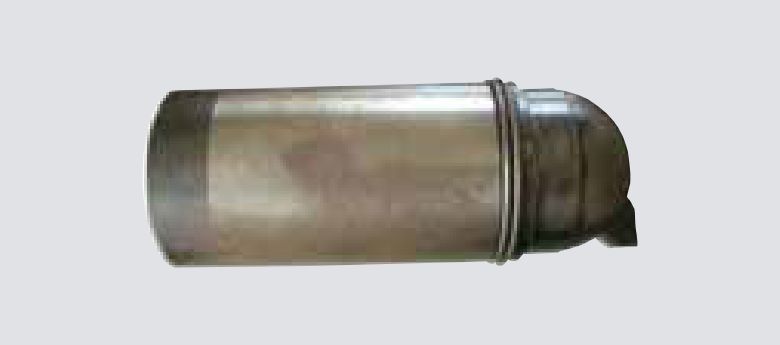
Accumulator -
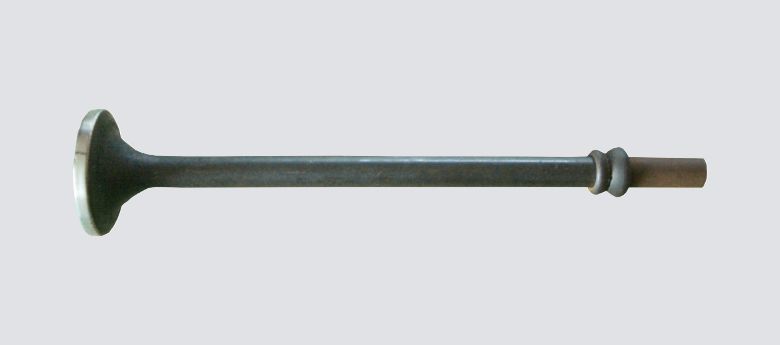
Engine valve -
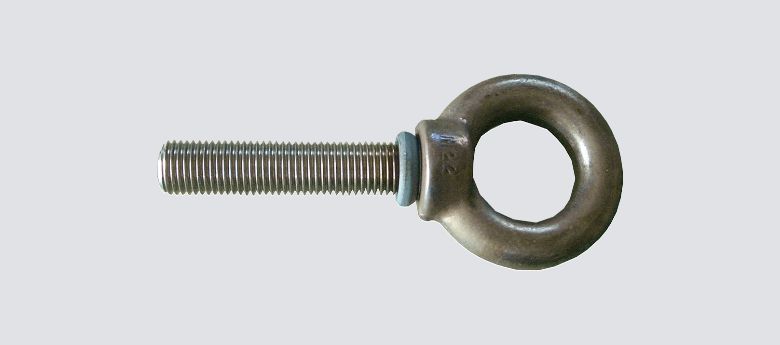
Eye bolt -
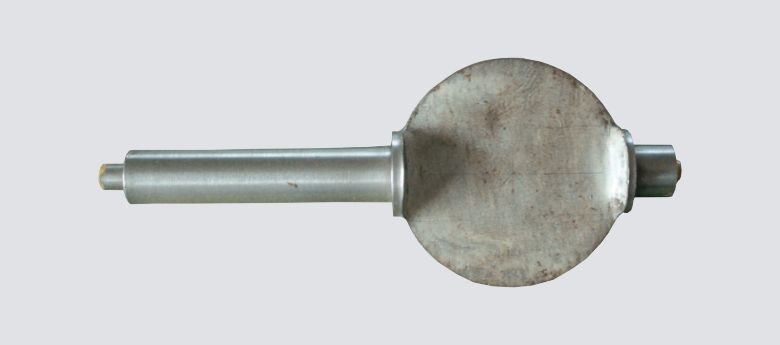
Butterfly valve -
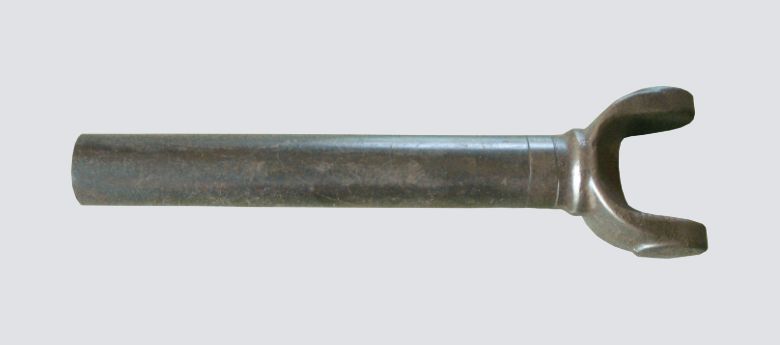
Yoke shaft -
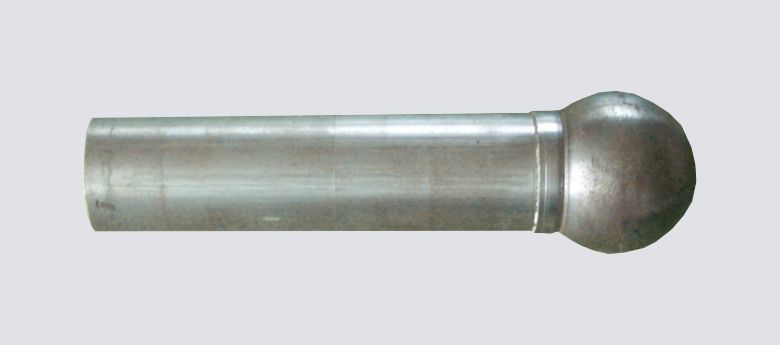
Connecting rod


